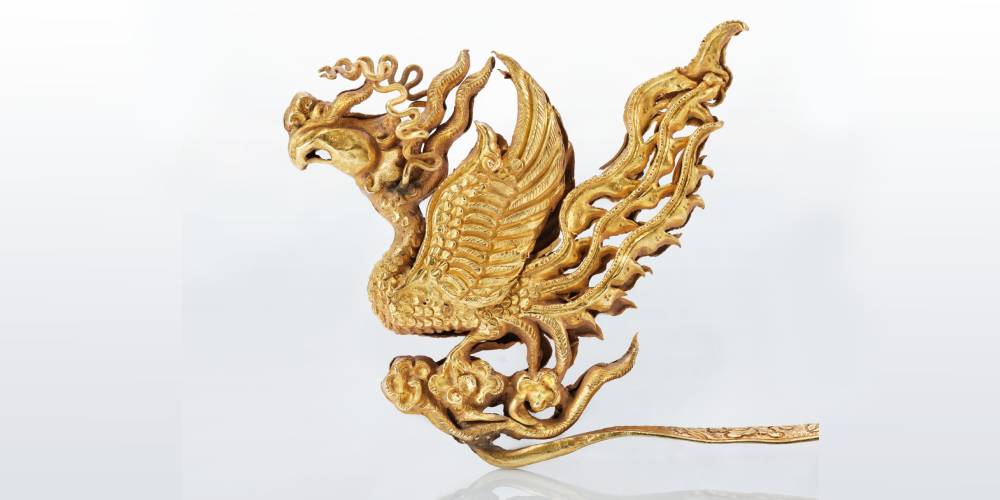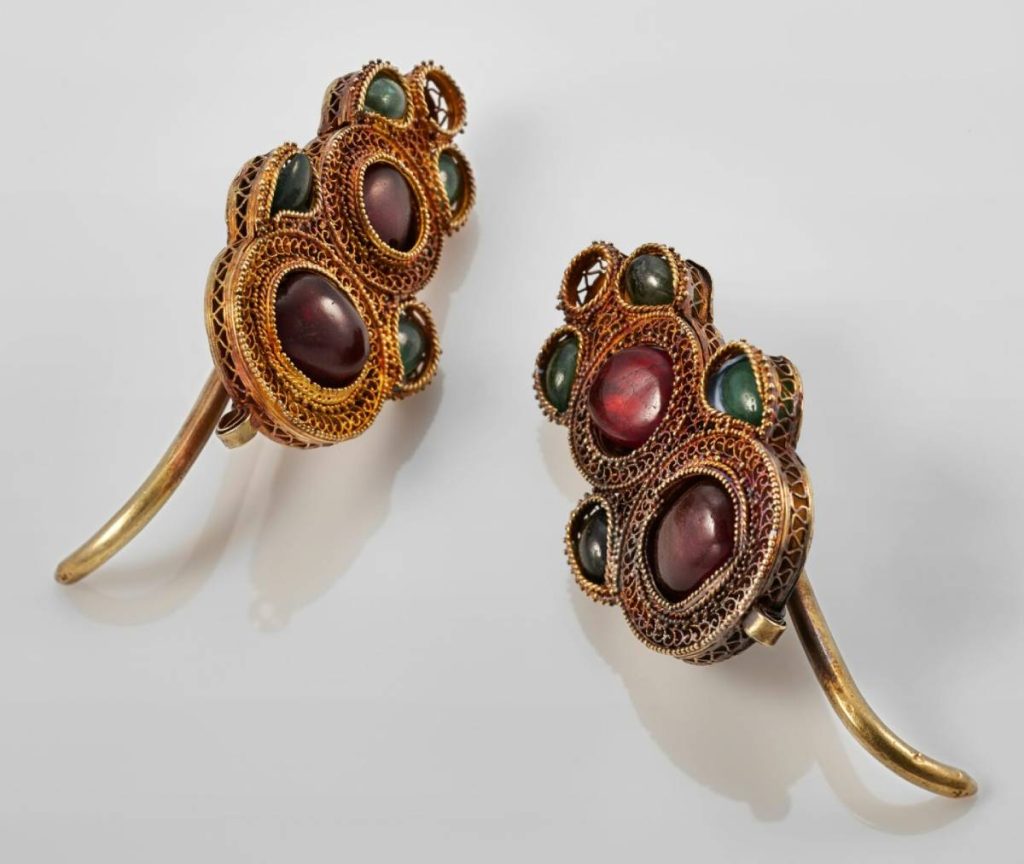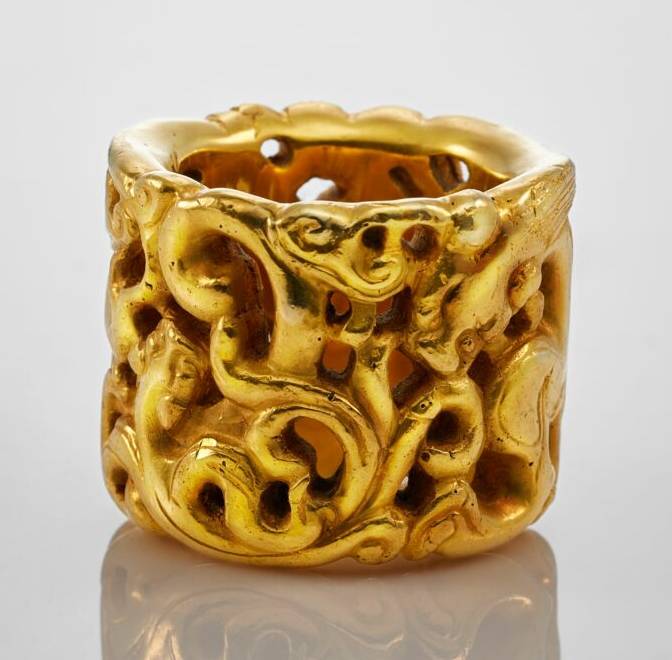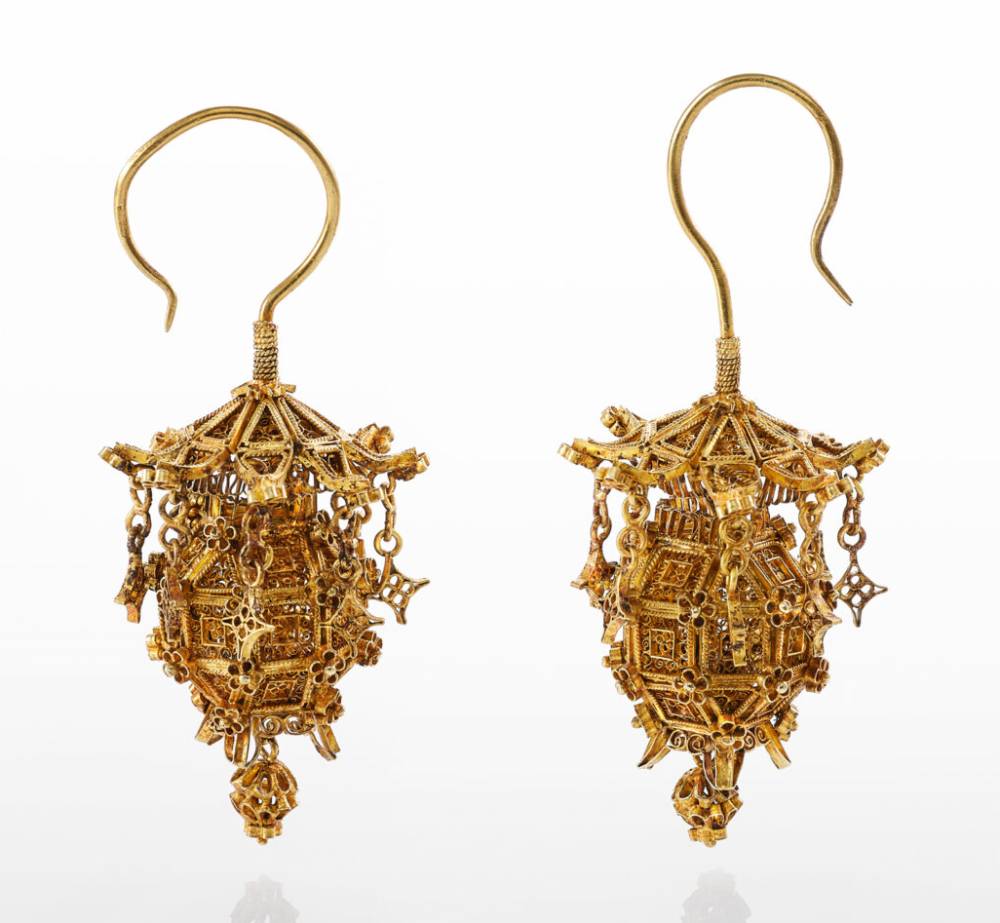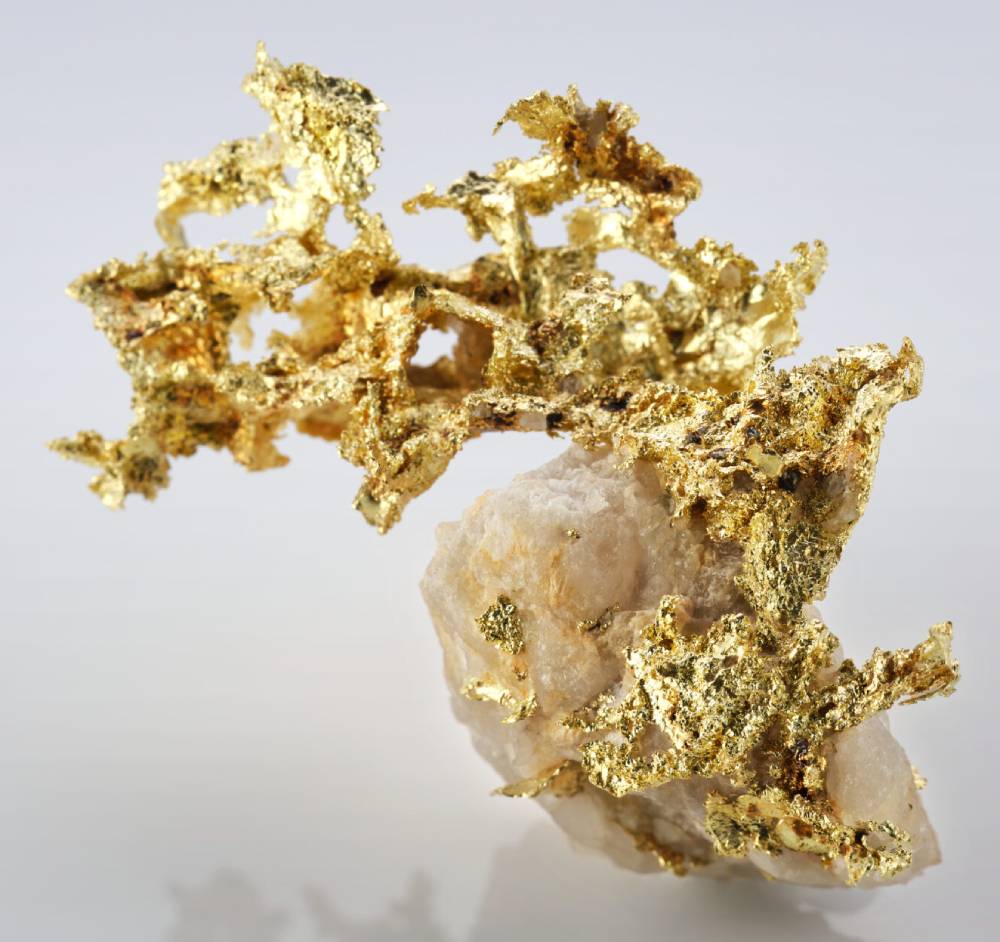From 1st December 2022 to 14th April 2023, L’ÉCOLE, School of Jewelry Arts, Paris, will present an exhibition on 3000 Years of Chinese Ornaments showcasing a selection of masterpieces from the Mengdiexuan Collection. Here’s the preview.
A Taoist text from the Han dynasty (206 BCE – 220 CE) reveals the importance of gold during that era: “Gold is the most valuable thing in all the world because it is immortal and never gets rotten. Alchemists eat it, and they enjoy longevity.” (Wei Boyang, alchemist).
Since the 5th millennium BCE, gold has held a power of fascination and has been used by talented craftsmen to create jewellery and ornaments with a strong symbolic value.
Following a first exhibition at L’ÉCOLE Asia Pacific in Hong Kong last spring, the exhibition arrives to Paris. Replete with various symbolic meanings that are deciphered throughout the exhibition, these ornaments span more than three thousand years of Chinese history. All are part of the exceptional private Mengdiexuan Collection, focused on Chinese art, that L’ÉCOLE, School of Jewelry Arts in Paris is presenting for the first time to the public in Europe.
The three-themed exhibition is curated by Valentina Bruccoleri, PhD in Chinese Art History (Sorbonne University), and Olivier Segura, Gemologist, Scientific Director at L’ÉCOLE, School of Jewelry Arts.
The first part offers an introduction from a scientific and gemmological point of view on the material and the properties of gold: what is gold? where is it found? what type of gold is used to make jewellery? Thanks to the displays composed of nuggets, crystals and ancient jewellery, the exhibition explores all these different aspects.
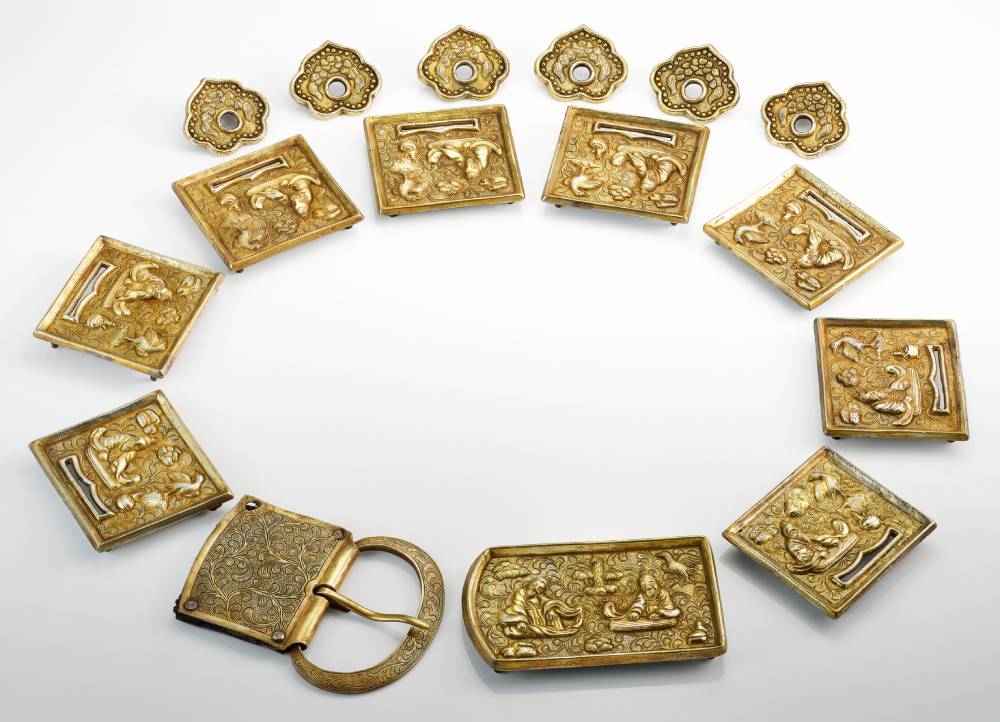
The second theme focuses on the savoir-faire (craftsmanship), with major techniques like hammering, chasing, casting, granulation, gold wire and filigree, setting and inlay. The displayed necklaces, bracelets, earrings, hairpins, brooches, and belt buckles take us on a journey to the Chinese Empire through Central Asia, the Eurasian Steppes, Mongolia, and the Himalayas. The exhibition covers a period of more than three millennia, from the Shang dynasty (about 1500-1046 B.C.E.) to the Qing Dynasty (1644-1911).
Finally, the exhibition highlights the power of symbols in Chinese art, which displays a rich and diverse iconography embodying happiness, longevity, rank, prosperity and, more generally, auspiciousness. The ornaments from the Mengdiexuan Collection offer a glimpse of this symbolic wealth.
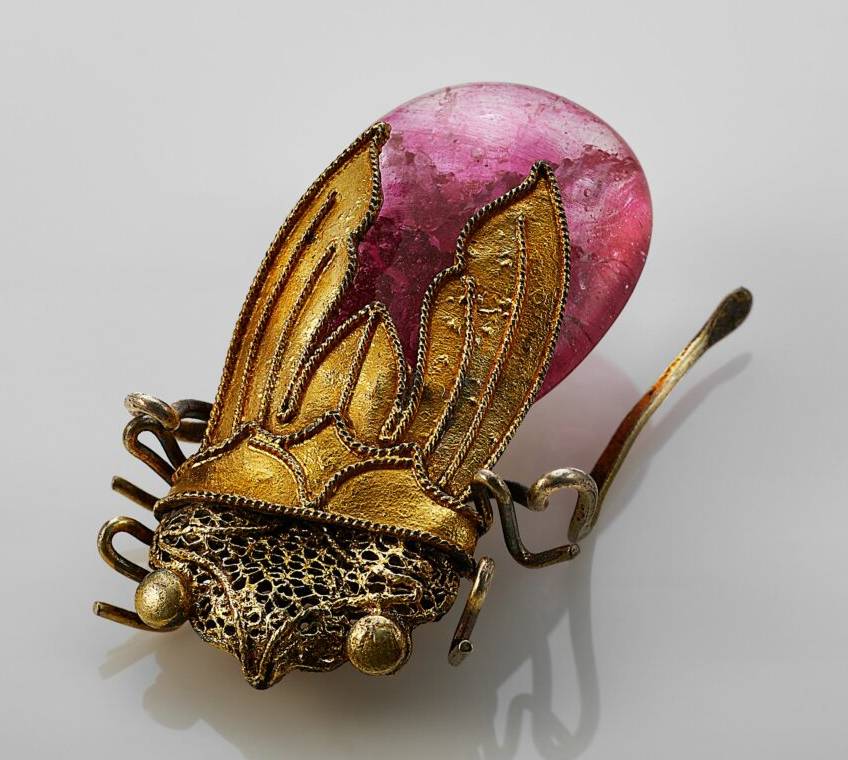
By bringing art history, savoir-faire, and materials into dialogue, the exhibition resonates with the mission pursued by L’ÉCOLE, School of Jewelry Arts since its creation in 2012, with the support of Van Cleef & Arpels, that of promoting the many dimensions of the art of jewellery through courses, talks, workshops, exhibitions, publications, and research.

